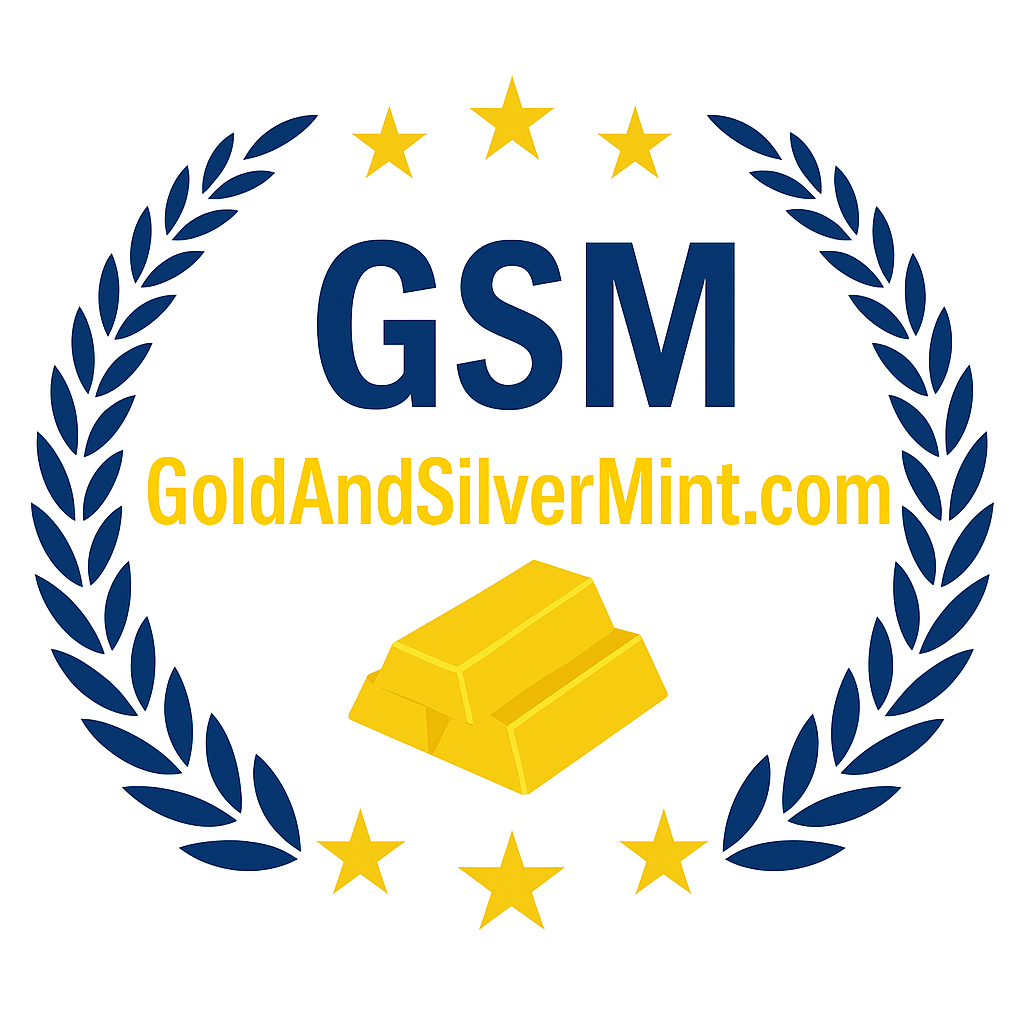U.S. Mint in San Francisco
Fifty years after the founding of the U.S. Mint in Philadelphia, gold was discovered on the opposite end of the country. The California gold rush drew hordes of miners west, and their findings were not disappointing. But the trip back to Philadelphia, where their gold could be turned into coins, was long and dangerous. Just a few years after the gold rush began, a second U.S. Mint opened, in the western frontier. Today, the San Francisco Mint makes only commemorative and collectible coins, and is never open to the public, but what goes on behind closed doors is impressive.
Fast Facts About U.S. Mint in San Francisco
- Converted miners’ gold into $4 million in coins in its first year
- Second location resembled a Greek temple
- Withstood an earthquake and fire in 1906
- Much of its work today is done by robots
History of the U.S. Mint in San Francisco
Flakes of gold were discovered in 1848 at Sutter’s Mill near San Francisco, and the California gold rush was set into motion. Over the next couple of years, miners and their families flooded into the area. But it soon became impractical to ship the gold they found all the way to Philadelphia, where it could be turned into coins. In 1852, Congress approved a California branch mint. The San Francisco Mint opened in 1854, producing gold dust, bullion, and nuggets. About a hundred years later, the San Francisco Mint stopped producing coins and was classified as an assay office, not a mint. But in the mid-1960s it started making coins again, and in the 80s, was given back its mint status.
Act of Congress Enacting the U.S. Mint in San Francisco
Understanding the need for a second mint, and one on the west coast, Congress approved the establishment of a branch mint in the two-year-old state of California in 1852, and San Francisco was chosen as the location.
U.S. Mint in San Francisco’s Notable Directors, Coin Designers & Developments
Since the 1960s, when the San Francisco Mint began making coins again after a ten-year hiatus, it has primarily focused on proof coins—which look like typical coins that would be given as change, but go through a special preserving process with the intent that they will be collector’s coins. They arrive at the mint as blanks, then are imprinted, given a mirror-like finish on the flat surfaces, and the artwork is frosted. It is the world’s largest producer of proof coins, and the country’s largest producer of collectible coins. One notable Superintendent was Frank Leach, who in the early 1900s helped fight a fire at the mint and ultimately saved the building.
Day to Day Operations of the U.S. Mint in San Francisco
The San Francisco Mint has moved quite a few times due to outgrowing its facilities. It has been in its third and current location since 1937. In 1955, it stopped producing coins. In 1962 it was classified an assay office and not a mint. In 1965 it started making coins again, and in 1988 it was classified a mint again. At one point it took over all of the Philadelphia Mint’s proof coin production, and continues to focus on proof coins today. It does not currently make circulating coins, just commemorative ones. In 2015 a robotics loop was installed, making the process of packaging proof coin sets heavily mechanized and much faster.
Some Rare “S” Mint Marked Coins Worth Watching Your Change to Find
Since the San Francisco Mint has produced only proof, and not circulation, coins for much of its history, you will not find many “S”-marked coins in your pocket change. There are a few notable exceptions, however, when the mint did produce other coins you might come across. From 1979-81, San Francisco produced Susan B. Anthony dollars, and later America the Beautiful quarters. Look for the “S” mint mark on either of these. There are also some exceedingly rare pennies that bear the “S” mint mark from the 1960s and 70s. Keep an eye out for 1969 and 1970 “S” pennies on which the lettering looks like it was stamped twice.
Learn more about past and & present coin values here.
Other U.S. Mints Past & Present
Demand for monetary production spread to different American regions in the 18th, 19th, and early 20th centuries. It all started in Philadelphia, then with gold rushes in the west came the need for mints in San Francisco and Denver, with a more recent one added in West Point, though there have been others. Though not all of today’s mints allow the public in, they serve as important parts of our country’s history and infrastructure.
Learn more about the modern and active U.S. Mints in Philadelphia, Pennsylvania, Denver, Colorado, and West Point, New York.
Content last updated on 01/26/2023
